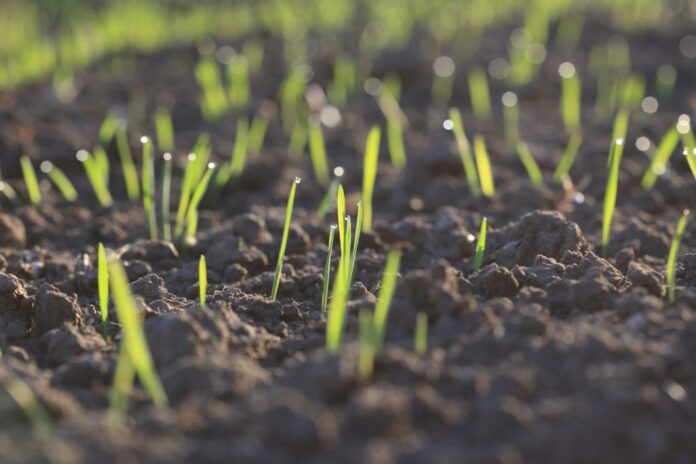
The germination of seeds is influenced by many factors. It is mostly due to the type of grass variant, climate, the season of the year in which it is planted, moisture of the soil, etc.
Generally, a grass seed germinates between 5 and 30 days. But, for it to grow about 2 inches tall it will take approximately a month.
This article will tell you what are all the parameters that influence grass seed germination and growth. We also have some interesting tips and tricks to make sure that your lawn has the perfect and evenly grown green grass.
Factors that Influence Seed Growth
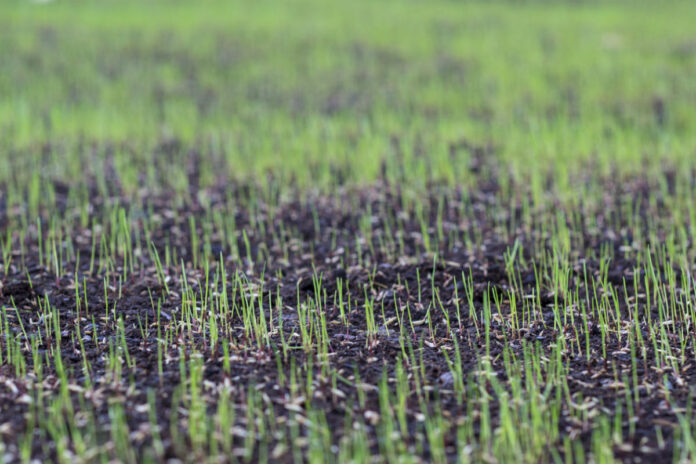
Grass Species or Variant
Different grass species take different timings to grow. Grass which grows in the colder seasons grows fastest. It is between 10 and 18 degrees Celsius ( 50 to 60 degrees Fahrenheit) that the grass grows fastest.
In the warmer climatic conditions, Bermuda grass grows the fastest while in cooler temperatures, Ryegrass germinates the fastest. These seeds take at least 7 to 10 days to germinate.
Ryegrass requires the soil to be damp throughout the germination period, whereas Bermuda grass can be watered once every 3 days even during the hottest seasons. Some meadow grass seeds can take about a couple of weeks to germinate.
Season of plantation

The time of the year during which the seeds are sown plays a major role in the germination and growth of the seeds. There are 2 types of grasses based on the type of season. They are:
Cool-season grasses:
These types of seasons are found usually in the Northwest Pacific, Northeast and Upper Midwest, etc. They have an active growth period during early spring and early fall.
Temperatures ranging from 15 to 24 degrees Celsius are the best for cool-season grasses. They turn brown in the summer though they are green in winters.
Cool Season Grass-types and their estimated time required to grow:
- Ryegrass (Annual & Perennial): 7 to 10 days.
- Tall fescue: 10 to 14 days.
- Kentucky Bluegrass: 2 to 4 weeks.
Warm Season Grasses:
These types of seasons are found usually in the South and Southeast regions. They have an active growth period during mid to late spring and early fall.
Temperatures ranging from 27 to 35 degrees Celsius are the best for warm-season grasses. They go dormant in the winters.
Warm Season grass types and their estimated time required to grow are:
- Bermuda grass: 7 to 10 days
- Buffalo grass: two weeks to a month.
- Centipede grass: 14 to 21 days.
Watering Schedule
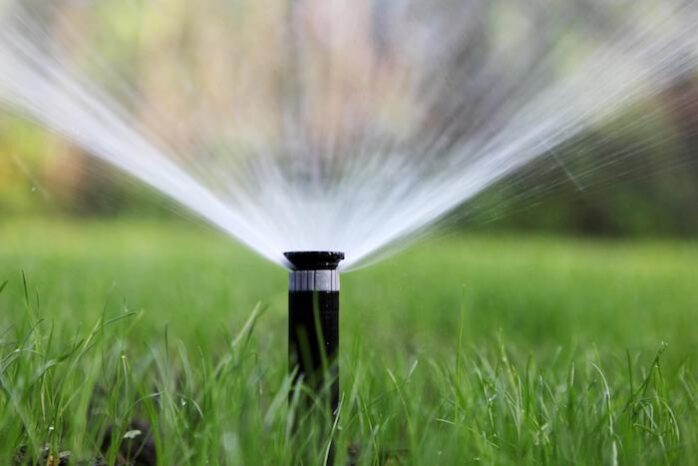
Adequate and optimal watering is important for any seed to germinate. If you water too much, it might wash away the seeds, and under-watering dries up the soil. Hence, no germination takes place in both cases.
Here are a few tips on how and when to water:
Create a moist environment by watering for several days, and ensure the soil is moist for about 6 to 8 inches deep. This will dampen the soil naturally and make the soil perfect to sow and germinate the seeds.
Water the soil regularly so that the soil remains wet. Note that you should not water the soil up to soggy conditions.
Monitor the plants and the amount of sunlight that each region in your lawn receives and water accordingly.
Once your lawn is set, you will have to water about an inch every week.
Avoid watering during nights as this can keep the soil wet for longer durations which in turn will promote fungus.
Watering during the mornings is the best practice as this will not cause the water to evaporate quickly and will give the water plenty of time to percolate.
Additional Steps
Your seeds might not germinate even if you follow all the above-mentioned parameters. To ensure that your grass seeds grow nice and green you must follow these additional steps to plant seeds the right way.
1. Soil Testing
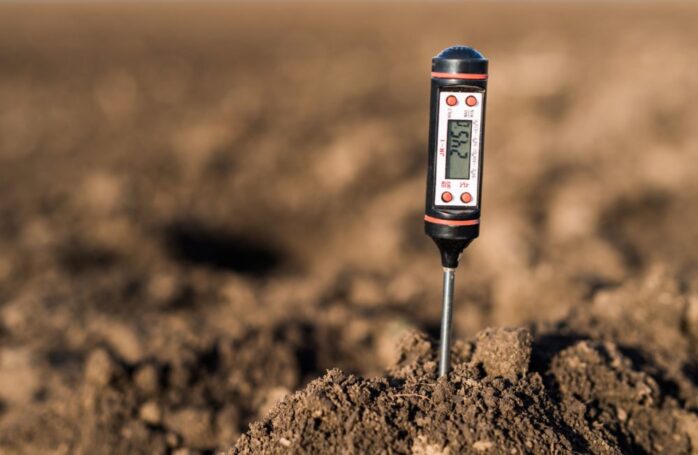
Testing your soil is important before growing any plant as this will give you an idea about your soil type. You will know your soil’s nutrient content, water retention capacity, pH, and many other vitals which will give you an idea of which type of grass seed you can grow.
2. Soil Prep
After knowing your soil type, you are now ready to analyze and prep your soil. Till the soil to loosen it up to ensure faster seed germination. You can do it manually or use a rototiller.
Now, you can add your manure to the soil. Grass would require nitrogen content in greater quantities hence, choose a manure that is rich in nitrogen contents.
Remove all the unnecessary waste materials, debris, giant rocks, pebbles, stones, and wood as they would hinder the growth. Smoothen and level your surface to have an even and elegant look.
3. Sowing the Seeds
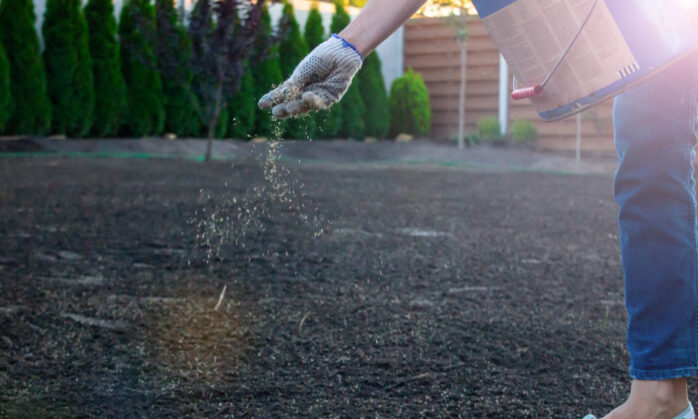
4. Topdressing
To lock in soil moisture place a layer of peat moss. This also prevents seeds from getting washed away and protects them from birds eating.
5. Mowing the grass
To have a smooth and leveled lawn, you must mow the grass once it reaches the height of about 3 to 4 inches. This makes your lawn look decent and well maintained.
Final Words
This article explains to you how different types of grass seeds require different kinds of treatment in order to germinate and grow from seed to 2” tall. You can now select your perfect grass type for your lawn as you know how much time each variant requires to germinate and grow.
You are also aware of different parameters and conditions that your seeds should receive in order to grow efficiently. If you are a beginner and are confused then make sure you follow these tips and tricks to have a clear idea on growing your lawn green from scratch. Happy gardening!






